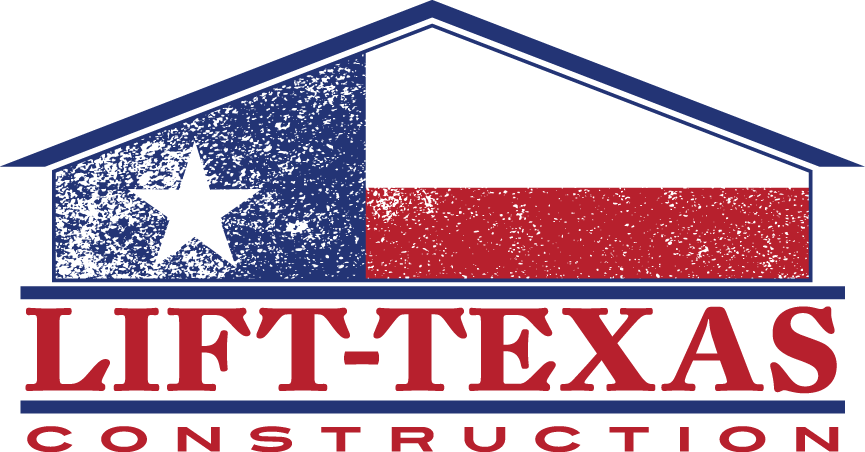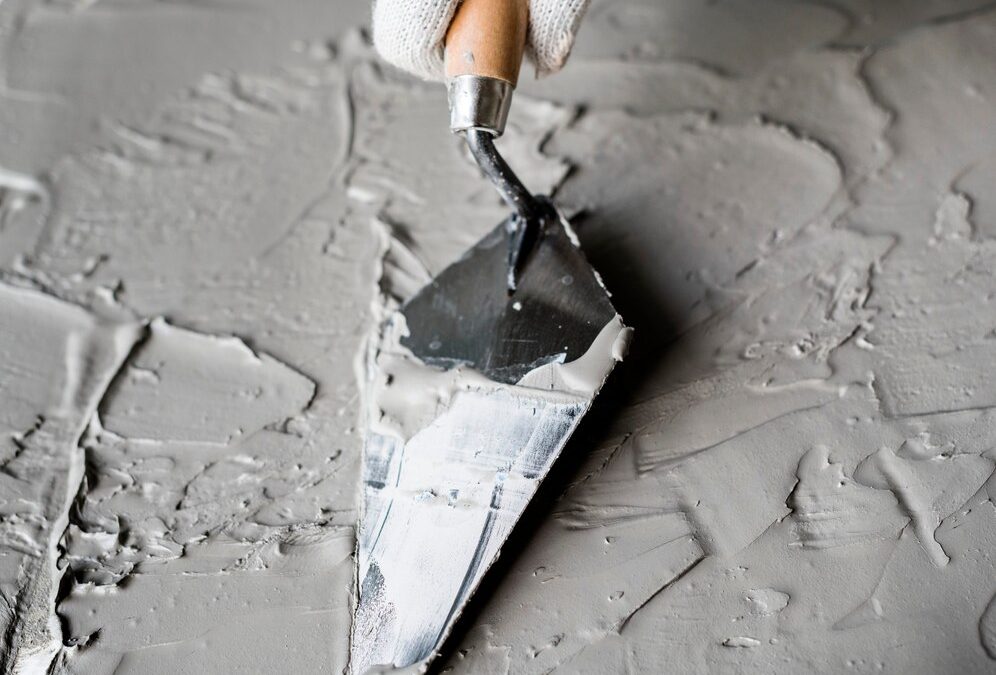Concrete is all around us, from the sidewalks we walk on to the driveways at our homes. It’s a sturdy and reliable material, but it requires regular maintenance to stay in top shape. Without proper care, even the toughest concrete can develop cracks, stains, and other issues that compromise its strength and appearance. Regular maintenance is key to ensuring its longevity and functionality.
When we take the time to maintain our concrete surfaces, we help prevent minor problems from turning into major ones. Simple tasks like cleaning, sealing, and doing routine inspections can make a big difference. These efforts can save money in the long run by avoiding costly repairs or replacements. Moreover, well-maintained concrete adds to the safety and beauty of our surroundings, whether it’s a residential driveway or a commercial parking lot.
In this article, we’ll explore why concrete maintenance is so important. We’ll dive into the key benefits of keeping concrete in good condition and outline some common maintenance practices that can help extend the life of your concrete surfaces. Additionally, we’ll provide tips on how to create a maintenance plan to ensure your concrete stays durable and attractive for years to come.
Understanding the Importance of Concrete Maintenance
Concrete is a durable and long-lasting material used in many parts of our homes and commercial buildings, from driveways and walkways to foundations and patios. However, even the strongest concrete can deteriorate over time if not properly maintained. Regular maintenance is essential to keep your concrete surfaces in good condition and extend their lifespan.
One key reason for maintaining concrete is to prevent small issues from becoming big problems. Minor cracks, surface damage, and other imperfections can worsen over time due to weather conditions, heavy use, or underlying soil movement. By addressing these issues early, we can avoid costly repairs and ensure that the concrete remains safe and functional.
Additionally, well-maintained concrete not only looks better but also helps sustain the structural integrity of a building. Proper maintenance can prevent water infiltration, freeze-thaw damage, and other common problems that affect concrete. By taking care of our concrete surfaces, we protect our investments and keep our properties looking their best.
Key Benefits of Regular Concrete Maintenance
Regular concrete maintenance offers several benefits that go beyond just keeping the surface looking good. One significant advantage is enhanced safety. Cracked or uneven concrete can create tripping hazards that pose a risk to anyone walking on the surface. By keeping the concrete in good condition, we reduce the likelihood of accidents and injuries.
Another benefit is increased property value. Well-maintained concrete surfaces enhance the overall appearance of a property, making it more appealing to potential buyers or tenants. This can be particularly important for commercial properties where first impressions matter. A clean, crack-free driveway or walkway can make a positive impression on clients and visitors.
Preventing costly repairs is also a major benefit. Regular maintenance helps catch and fix small issues before they become significant problems. This proactive approach can save a lot of money in the long run by avoiding the need for extensive repairs or even complete replacement of damaged concrete. Moreover, this maintenance ensures that the concrete continues to perform its intended function effectively, whether supporting a structure, providing a smooth walkway, or offering a stable driving surface.
Regular concrete maintenance is key to enjoying these benefits and protecting both the safety and aesthetic value of our properties. By committing to routine inspections and promptly addressing any issues that arise, we can keep our concrete surfaces in optimal condition.
Common Maintenance Practices for Concrete Longevity
Ensuring the longevity of concrete surfaces involves several important maintenance practices. One of the most effective ways to protect concrete is by sealing it. Applying a high-quality concrete sealer helps shield the surface from water, chemicals, and abrasive wear. Sealing should be done every few years to maintain this protective barrier.
Regular cleaning is also crucial. Dirt, grime, and stains can accumulate on the surface, leading to degradation over time. Using a gentle pressure washer or a mild detergent to clean concrete helps keep it looking good and prevents contaminants from causing damage. It’s especially important to remove oil stains from driveways and grease from patios to prevent long-term damage.
Another key practice is inspecting the concrete regularly for cracks or other signs of wear. Small cracks can be filled with concrete caulk or patching compounds to prevent them from spreading. Periodically assess the edges and corners, as these areas are often more vulnerable to damage. Repairing minor imperfections early can prevent larger, more costly issues down the line.
How to Develop a Concrete Maintenance Plan
Developing a concrete maintenance plan is essential for ensuring your surfaces remain in top condition. Start by creating a schedule for regular inspections. Checking your concrete every six months allows you to catch minor issues before they become major problems. Note down any signs of wear and address them promptly.
Incorporate cleaning into your routine. Depending on the location and usage of your concrete surfaces, cleaning might be necessary monthly or quarterly. For instance, a high-traffic driveway might need more frequent cleaning compared to a backyard patio. Set reminders to reseal your concrete every two to three years, ensuring the protective barrier remains effective.
Consulting with professionals can also be beneficial. Experts can assess the specific needs of your concrete and recommend tailored maintenance practices. They can provide guidance on the best products to use and the most effective techniques for your particular conditions. With a well-developed plan, you can protect your investment and enjoy durable, long-lasting concrete surfaces.
Conclusion
Maintaining concrete surfaces is critical for both their appearance and functionality. By understanding the importance of concrete maintenance and implementing regular upkeep practices, we can extend the life of our concrete structures and prevent costly repairs. Simple steps like sealing, cleaning, and inspecting can make a significant difference in the long run.
A well-maintained concrete surface not only looks better but also contributes to the overall safety and value of our property. Developing a concrete maintenance plan and sticking to it ensures that we catch minor issues early and keep our surfaces in optimal condition.
If you need professional assistance with maintenance or concrete and foundation repair, don’t wait until small issues become big problems. Contact us at Lift-Texas Construction for expert advice and quality service. We’re here to lift your projects to a new level of excellence!

